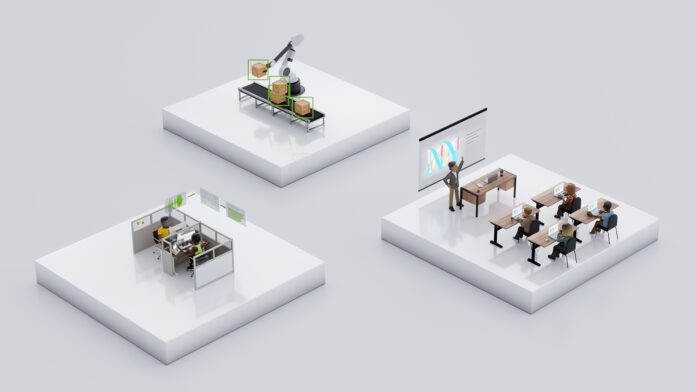In addition to AT&T, Lowe’s and the University of Florida are also using NVIDIA NeMo
NVIDIA announced that AT&T is among the first large-scale organizations to use NVIDIA NeMo, the chip company’s end-to-end platform for developing custom generative AI (gen AI) applications. Other major customers include Lowe’s and the University of Florida.
NeMo is a part of the NVIDIA AI Foundry, and according to the company, the platform’s microservices will enable “precision-tailored generative AI” by supporting “end-to-end model customization workflows and the development of AI agents.” This, the company claimed, will help organizations bring AI applications to market faster and reduce development costs. Further, new NeMo microservices — NeMo Customizer, NeMo Evaluator and NeMo Guardrails — can be combined with NVIDIA’s inference microservices offerings, called NIM microservices, to help developers curate data at scale and customize and evaluate models.
AT&T is using NVIDIA NIM in its work with technology consulting company Quantiphi to build a conversational platform to support employees with software development, network engineering and financial services tasks.
Last year, AT&T has already adopted several solutions from the NVIDIA AI Enterprise software suite, including the NVIDIA RAPIDS Accelerator for Apache Spark; enabling real-time vehicle routing and optimization with NVIDIA cuOpt; NVIDIA Riva for conversational AI; and the NVIDIA Omniverse Avatar Cloud Engine and NVIDIA Tokkio, two products that support the creation of digital customer service avatars. Last year, Andy Markus, chief data officer at AT&T said that working with NVIDIA on AI will help the telco acheive its net zero goals and, as well as “enhance” both the customer and employee experience.

